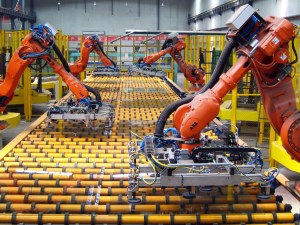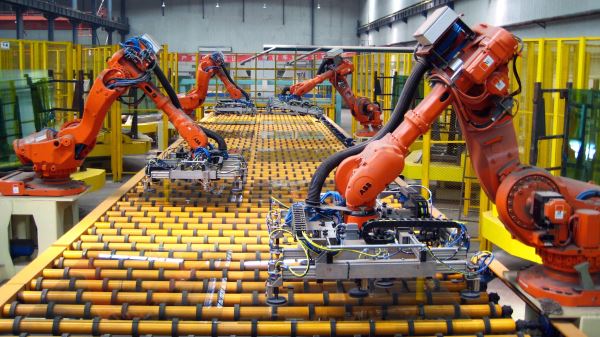A new report from the International Federation of Robotics (IFR) predicts that 1.7 million new robots will transform the world´s factories by 2020.
The World Robotics Report – Industrial Robots – Outlook 2020 estimates robot installations will increase by 21% in the Asia-Australia region this year alone.
Today, the strongest growth in the robotics industry is in Asia – led by China as the world´s number one marketplace.
The report also says that robot supplies in the Americas will surge by 16% and in Europe by 8%.
Important drivers in increasing robot adoption include the response to faster business cycles and the requirement for greater production flexibility tailored to customer demand in all manufacturing sectors.
"Robots offer high levels of precision and their connectivity will play a key role in new digital manufacturing environments,” said Joe Gemma, president of the International Federation of Robotics. “Increasing availability enables more and more manufacturers from companies of all sizes to automate.”
Industry 4.0
The report also says that Industry 4.0 – linking the real-life factory with virtual reality – will play an increasingly important role in global manufacturing.
As obstacles like system complexities and data incompatibility are overcome, manufacturers will integrate robots into factory-wide networks of machines and systems.
Robot manufacturers are already developing and commercialising new service models based on real-time data collected by sensors which are attached to robots.
Analysts predict a rapidly growing market for cloud robotics in which data from one robot is compared to data from other robots in the same or different locations.
The cloud network allows these connected robots to perform the same activities. This will be used to optimise parameters of the robot’s movement such as speed, angle or force.
Simplification a key trend
Ultimately, the advent of big data in manufacturing could redefine the industry boundaries between equipment makers and manufacturers.
The report also looked at robot adoption among SMEs. For this market sector some robot manufacturers are also considering leasing models, particularly in order to accelerate adoption by small-to-medium-sized manufacturers. Simplification is a key trend for this market segment.
There is an ongoing need for robots which are easier to use and to program to enable their use in industries with a lack of specialised production engineers in-house.
Robots that are uncomplicated to use will enable the deployment of industrial robots in many industries to sustain efficient and flexible manufacturing.
Source: Control Engineering


